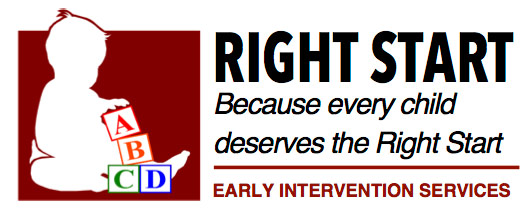According to a new study, between ages 3 and 10, children with autism spectrum disorder exhibit distinct brain chemical changes that differ from children with developmental delays and those with typical development.
The finding that early brain chemical alterations tend to normalize during the course of development in children with autism spectrum disorder gives new insight to efforts to improve early detection and intervention.
“In autism, we found a pattern of early chemical alterations at the cellular level that over time resolved – a pattern similar to what others have seen with people who have had a closed head injury and then got better,” said Stephen R. Dager, a UW professor of radiology and adjunct professor of bioengineering and associate director of UW’s Center on Human Development and Disability.
“The brain developmental abnormalities we observed in the children with autism are dynamic, not static. These early chemical alterations may hold clues as to specific processes at play in the disorder and, even more exciting, these changes may hold clues to reversing these processes,” Dager said.
In the study, scientists compared brain chemistry among three groups of children: those with a diagnosis of Autism Spectrum Disorder, those with a diagnosis of developmental delay and those considered typically developing. The researchers used magnetic resonance spectroscopic imaging, a type of MRI, to measure tissue-based chemicals in three age groups: 3 to 4 years old, 6 to 7 years and 9 to 10 years.
One of the chemicals measured, N-acetylaspartate, is thought to play an important role in regulating synaptic connections and myelination. Its levels are decreased in people with conditions such as Alzheimer’s, traumatic brain injury or stroke. Other chemicals examined in the study – choline, creatine, glutamine/glutamate and myo-inositol – help characterize brain tissue integrity and bioenergetic status.
A notable finding concerned changes in gray matter N-acetylaspartate concentration: In scans of the 3-to 4-year-olds, concentrations were low in both the autism spectrum disorder and developmentally delayed groups. By 9 to 10 years, N-acetylaspartate levels in the children with autism spectrum disorder had caught up to the levels of the typically developing group, while low levels of N-acetylaspartate persisted in the developmentally delayed group.
Children within the Autism Spectrum Disorder (“ASD”) may show the following signs:
- Not point at objects to show interest (for example, not point at an airplane flying over)
- Not look at objects when another person points at them
- Have trouble relating to others or not have an interest in other people at all
- Avoid eye contact and want to be alone
- Have trouble understanding other people’s feelings or talking about their own feelings
- Prefer not to be held or cuddled, or might cuddle only when they want to
- Appear to be unaware when people talk to them, but respond to other sounds
- Be very interested in people, but not know how to talk, play, or relate to them
Autism Spectrum Disorder can sometimes be detected at 18 months or younger. By age 2, a diagnosis by an experienced professional can be considered very reliable. However, many children do not receive a final diagnosis until much older. This delay means that children with Autism Spectrum Disorder might not get the early help they need.
Call Right Start, Inc. today at (718) 375-2505 if you’re concerned about your child showing any of the above signs.

